Application of Ki-67 Immunofluorescence in Tumors
DOI: 10.23977/tranc.2025.060111 | Downloads: 15 | Views: 1302
Author(s)
Yuechengzhi Jin 1, Shang Shang 2
Affiliation(s)
1 Guanghua Academy, No.2788 Chuan Zhou Highway, Kangqiao Town, Pudong New Area, Shanghai, China
2 Shanghai Luhang Senior High School, No.1288 Jinqiao Road, Pudong New District, Shanghai, China
Corresponding Author
Yuechengzhi JinABSTRACT
A tumor is an abnormal mass of tissue resulting from uncontrolled cell division, and their ability to continue to proliferate is the key to determining their biological behavior and prognosis. Therefore, assessing cell proliferation status is of great significance in tumor research and clinical diagnosis. Ki-67, a nuclear protein closely related to cell proliferation, is expressed in the G1, S, G2, and M phases of the cell cycle, but is absent in the quiescent G0 phase. This characteristic makes it an ideal molecular marker reflecting cell proliferation activity. Immunofluorescence (IF) is a commonly used method for detecting and localizing Ki-67. In this study, we performed Ki-67 IF on hepatocellular carcinoma (HCC) and paracancerous tissues to assess proliferation capacity. The results showed that the proportion of Ki-67-positive cells in HCC tissues was significantly higher than that in paracancerous tissues, and most of them were located in the cell nuclei; only a few cell nuclei in paracancerous tissues were weakly positive. Then we explored the feasibility of applying Ki-67 IF in oncology research and discussed limitations in advancing cancer research.
KEYWORDS
Ki67, IF, HE, HCCCITE THIS PAPER
Yuechengzhi Jin, Shang Shang, Application of Ki-67 Immunofluorescence in Tumors. Transactions on Cancer (2025) Vol. 6: 87-93. DOI: http://dx.doi.org/10.23977/tranc.2025.060111.
REFERENCES
[1] Roy, P.S., Saikia, B.J., and Cancer, A.C. 2016. Cancer and cure: A critical analysis. Indian Journal of Cancer 53(3): 441–442. https://doi.org/10.4103/0019-509X.200658.
[2] Warburg, O. 1956. On the origin of cancer cells. Science 123: 309–314. https://doi.org/10.1126/science.123.3191.309.
[3] Cuylen, S., Blaukopf, C., Politi, A., et al. 2016. Ki-67 acts as a biological surfactant to disperse mitotic chromosomes. Nature 535: 308–312. https://doi.org/10.1038/nature18610.
[4] Scholzen, T., and Gerdes, J. 2000. The Ki-67 protein: from the known to the unknown. Journal of Cellular Physiology 182(3): 311–322. https://doi.org/10.1002/(SICI)1097-4652(200003)182:3<311::AID-JCP1>3.0.CO;2-9
[5] Pardee, A.B. 1974. A restriction point for control of normal animal cell proliferation. Proceedings of the National Academy of Sciences of the United States of America 71(4): 1286–1290. https://doi.org/10.1073/pnas.71.4.1286.
[6] Wang, C., Chen, J., Lv, X., et al. 2025. Ki-67 – playing a key role in breast cancer but difficult to apply precisely in the real world. BMC Cancer 25(1): 962. https://doi.org/10.1186/s12885-025-14374-8.
[7] Bordeaux, J., Welsh, A., Agarwal, S., et al. 2010. Antibody validation. Biotechniques 48(3): 197–209. https://doi. org/10.2144/000113382.
| Downloads: | 1145 |
|---|---|
| Visits: | 91532 |
Sponsors, Associates, and Links
-
MEDS Clinical Medicine
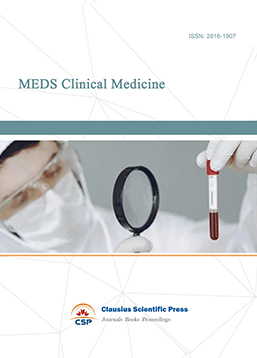
-
Journal of Neurobiology and Genetics
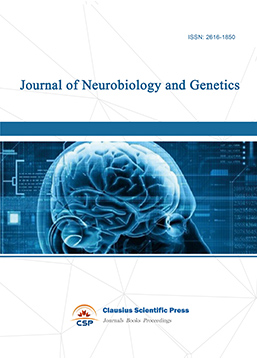
-
Medical Imaging and Nuclear Medicine

-
Bacterial Genetics and Ecology
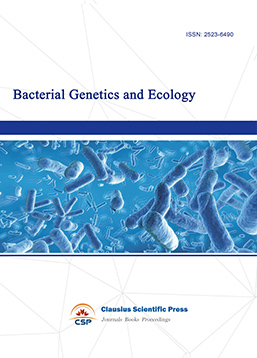
-
Journal of Biophysics and Ecology

-
Journal of Animal Science and Veterinary
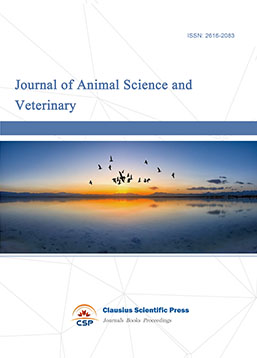
-
Academic Journal of Biochemistry and Molecular Biology
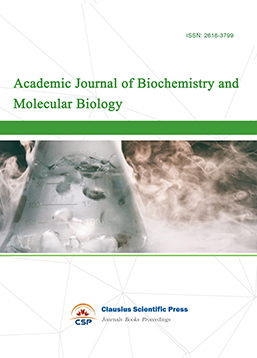
-
Transactions on Cell and Developmental Biology

-
Rehabilitation Engineering & Assistive Technology
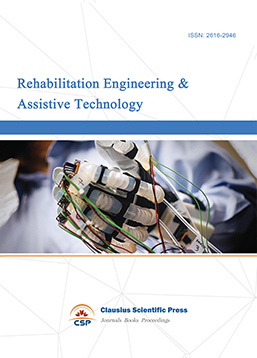
-
Orthopaedics and Sports Medicine
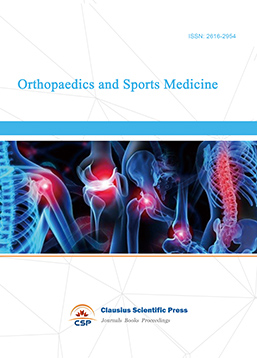
-
Hematology and Stem Cell

-
Journal of Intelligent Informatics and Biomedical Engineering
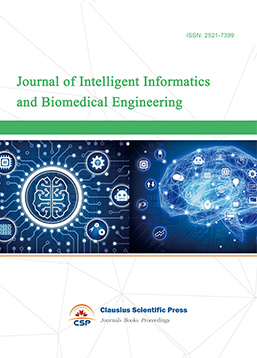
-
MEDS Basic Medicine
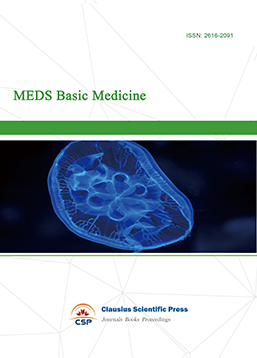
-
MEDS Stomatology
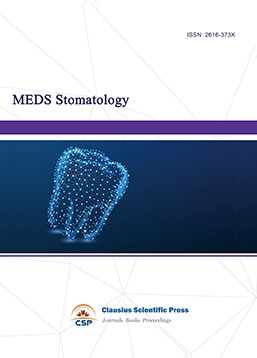
-
MEDS Public Health and Preventive Medicine
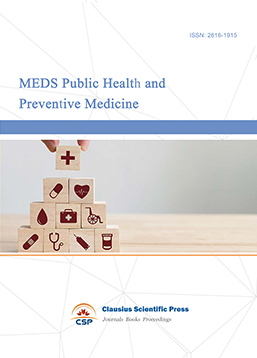
-
MEDS Chinese Medicine
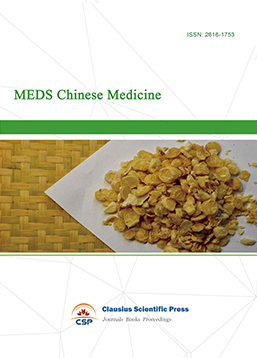
-
Journal of Enzyme Engineering

-
Advances in Industrial Pharmacy and Pharmaceutical Sciences
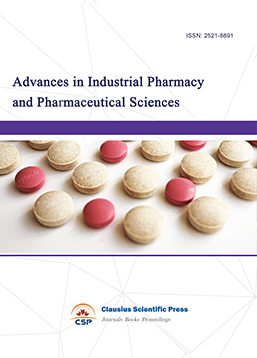
-
Bacteriology and Microbiology
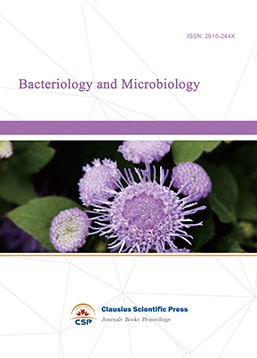
-
Advances in Physiology and Pathophysiology

-
Journal of Vision and Ophthalmology
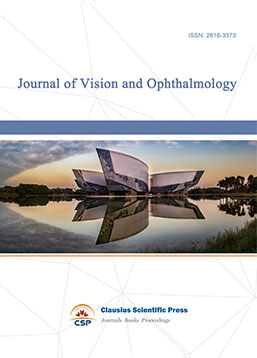
-
Frontiers of Obstetrics and Gynecology

-
Digestive Disease and Diabetes

-
Advances in Immunology and Vaccines

-
Nanomedicine and Drug Delivery
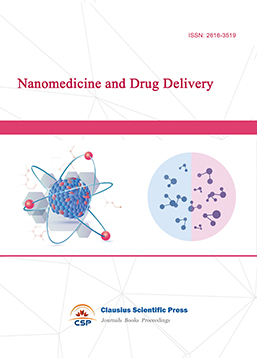
-
Cardiology and Vascular System

-
Pediatrics and Child Health

-
Journal of Reproductive Medicine and Contraception

-
Journal of Respiratory and Lung Disease
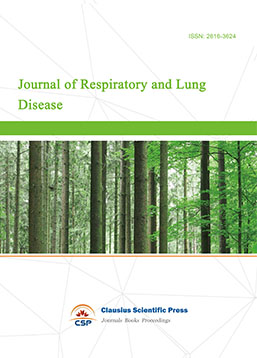
-
Journal of Bioinformatics and Biomedicine


 Download as PDF
Download as PDF